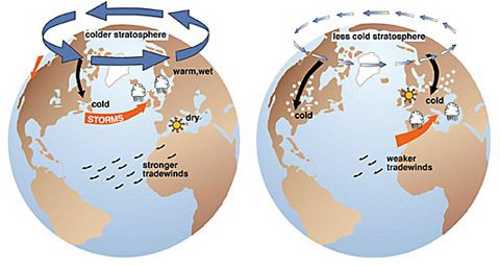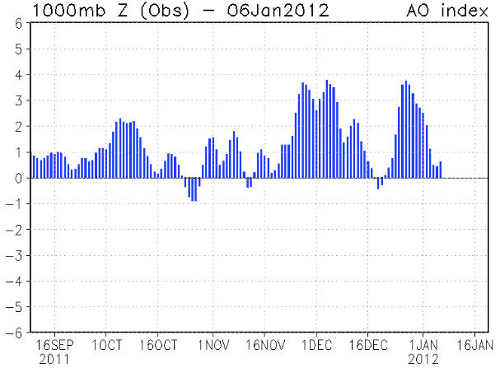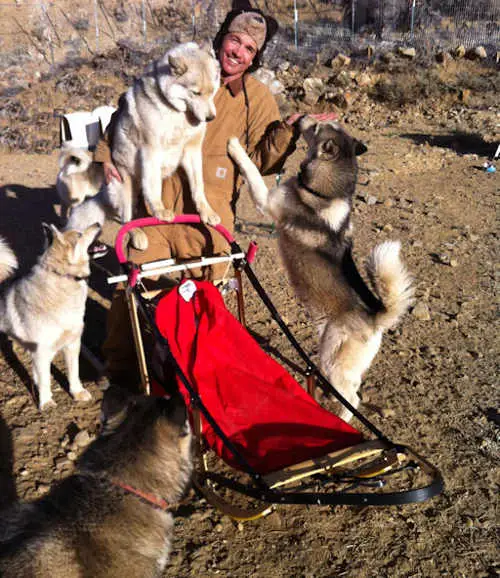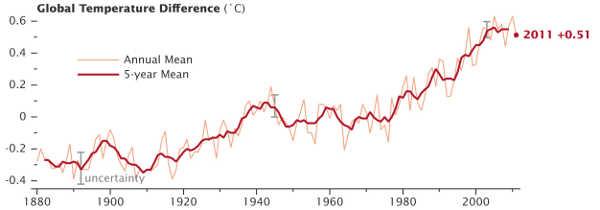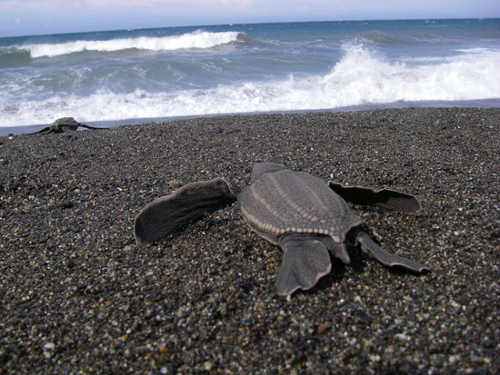
Popular celery imparts a pleasant crunch in its raw state, and its earthiness is an important flavor component of many a cooked dish. Photo by Esther Oertel.
While celery doesn’t get star billing in many recipes, it’s an important supporting actor in countless numbers of dishes.
Sure, it brings a wonderful crunch to tuna salad, flavors chicken noodle soup and Thanksgiving stuffing beautifully, graces casseroles in its cream soup state, and has an honored place with its compatible partner, ranch dressing, on a fresh veggie platter. But it brings far more than that to the world of cuisine.
It’s an underrated, behind-the-scenes veggie that, when allowed to speak, shouts with flavor.
This earthy vegetable is native to marshy regions in Europe and North Africa, often growing in coastal areas. In its wild state, celery is known as smallage, a plant with fewer stalks and more leaves than the cultivated celery to which we’re accustomed.
Smallage has a stronger flavor than cultivated celery. Typically it’s the leaves of smallage that are used in cooking, with the stalks only appearing in some French stews and soups.
In North America, most cultivated celery is of the variety Pascal, a type which sports thick, straight stalks.
All parts of the celery plant may be used as food: the stalks, leaves, seeds and root.
Celery root, or celeriac, is a form of celery that’s been bred to produce a large, bulbous root for use in cooking. Its knobby, tough, furrowed surface belies the ivory-fleshed potato alternative within.
Celery seeds come from a plant closely related to celery that is cultivated for this purpose. You may recognize these warmly-flavored, pungent little seeds as a flavoring in German potato salad, Old Bay seasoning or as a component of the celery salt that flavors Bloody Mary cocktails.
Celery is a foundational ingredient, along with bell pepper and onion, of the “holy trinity” that provides the basis for Louisiana Cajun and Creole cooking.
In much the same way, celery is combined with carrots and onions to create the mirepoix of French cuisine that flavors so many stews and soups.
Celery has a long history of use in ancient cultures as a medicine and a seasoning. It wasn’t until the Middle Ages that celery became popular as a food.
It was prized by the Greeks and Romans, who gave its stalks to winning athletes, as well as utilizing the leaves as components of their crowns.
A relative of parsley, dill and fennel, it works well when combined with these flavors. It also loves lemon and strongly-flavored cheeses.
It’s a classic addition to cooked peas. In fact, cook the sliced celery (stalks and leaves alike) in the water with the peas. Celery imbues its flavor to the peas as it simmers, making an otherwise everyday side dish quite special.
It’s a must when making lentil or split pea soup. I especially like adding a generous amount of the chopped leaves, as they provide stronger flavor than the stalks alone.
And, speaking of the leaves, celery that’s sold in the market tends to have most of its leaves cut off. When I purchase celery, I look for the bunches that have the most leaves. I like their spiciness, both for eating out of hand and for adding to a variety of dishes.
Those who make a habit of juicing their fruits and veggies know that celery juice is beneficial for the body and is good when combined with apple or carrot juices. Because of its somewhat salty flavor, the sweetness of these two juices provides a nice counterbalance for it.
The health benefits of celery are legion. It’s rich in vitamin C and fiber, is an excellent source of vitamin K and folate, and scientific studies have shown it has a positive effect on lowering blood pressure and cholesterol.
Compounds within celery help prevent cell damage from free radicals, thus decreasing the chance for them to become cancerous. These compounds also enhance the activity of the white blood cells that target and eliminate cancerous cells from the body.
Other compounds within celery have been shown to be effective in stopping the growth of tumor cells.
Celery is rich in potassium and sodium, two minerals that are important for regulating the body’s fluids. Its juice is often recommended as a post-workout drink, as it helps replace lost electrolytes and rehydrates the body after athletic activities.
As a diuretic, it stimulates urine production, helping eliminate excess fluids from the body. This may aid in the elimination of bladder or kidney stones.
When shopping for celery, choose bunches with crisp stalks that snap easily when pulled apart. Bunches should be reasonably taut, without stalks that splay out. The leaves should be pale to bright green in color, with no yellow or brown patches.
Celery should be stored in the refrigerator in a sealed container, plastic bag or wrapped in a damp cloth.
If celery is kept too long at room temperature, it will lose much of its high water content, causing it to become limp or wilted. If this occurs, try sprinkling it with a bit of water and storing it in the fridge for several hours to restore it to crispness.
Freezing celery is definitely not recommended, as it becomes mushy.
Today’s recipe is one that made my mouth water when I read the words of its title: celery gratin. I was intrigued by the recipe for another reason. Celery rarely shines as the star of a dish, and in this one it is clearly just that.
Before I leave, I’d like to assure those who share my interest in celery’s ugly duckling root cousin, celeriac, that our curiosity will be sated via a future column on the topic, pending kitchen experimentation with the bulbous creature.
Until then, crunch away! Celery deserves to be celebrated, and so do you. Enjoy!
Celery gratin
1 pound celery (8 to 10 stalks), peeled and thinly sliced crossways
¾ cup shredded Parmesan cheese
½ cup heavy cream
Coarse salt and ground pepper
2 slices white sandwich bread
1 tablespoon olive oil
Preheat oven to 400 degrees Fahrenheit.
In large bowl, mix celery, half a cup of the Parmesan cheese, cream, half a teaspoon salt, and one-quarter teaspoon pepper.
Divide mixture evenly among four six-ounce ramekins, packing in firmly. Place ramekins on baking sheet and cover tightly with aluminum foil. Bake until celery is tender, about 35 to 40 minutes.
Meanwhile, tear bread into small pieces and pulse in food processor until coarse crumbs form. Add the remaining a quarter cup Parmesan cheese and drizzle with olive oil. Pulse until crumbs are just coated with olive oil, about four to six times.
Remove aluminum foil from ramekins. Dividing evenly, sprinkle breadcrumbs over celery mixture. Return to oven and bake, uncovered, until golden, about eight to 10 minutes. Let sit five minutes before serving.
Esther’s note: If you prefer, use a large casserole dish for baking instead of individual ramekins.
Recipe courtesy of www.MarthaStewart.com.
Esther Oertel, a freelance writer, cooking teacher, and speaker, is passionate about local produce and all foods in the vegetable kingdom. She welcomes your questions and comments and may be reached at This email address is being protected from spambots. You need JavaScript enabled to view it..
Follow Lake County News on Twitter at http://twitter.com/LakeCoNews, on Tumblr at www.lakeconews.tumblr.com, on Google+, on Facebook at www.facebook.com/pages/Lake-County-News/143156775604?ref=mf and on YouTube at www.youtube.com/user/LakeCoNews .


 How to resolve AdBlock issue?
How to resolve AdBlock issue? 






